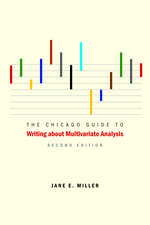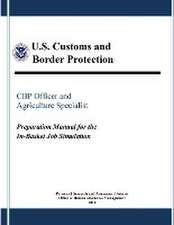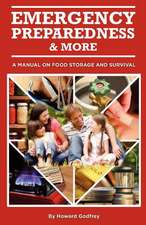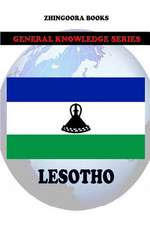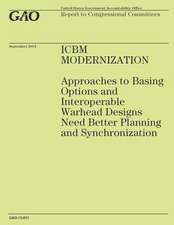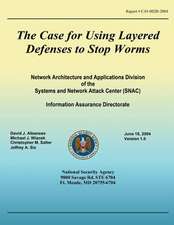The Chicago Guide to Writing about Numbers, Second Edition: Chicago Guides to Writing, Editing and Publishing
Autor Jane E. Milleren Limba Engleză Paperback – 20 apr 2015
Earning praise from scientists, journalists, faculty, and students, The Chicago Guide to Writing about Numbers has helped thousands of writers communicate data clearly and effectively. Its publication offered a much-needed bridge between good quantitative analysis and clear expository writing, using straightforward principles and efficient prose. With this new edition, Jane Miller draws on a decade of additional experience and research, expanding her advice on reaching everyday audiences and further integrating non-print formats.
Miller, an experienced teacher of research methods, statistics, and research writing, opens by introducing a set of basic principles for writing about numbers, then presents a toolkit of techniques that can be applied to prose, tables, charts, and presentations. Throughout the book, she emphasizes flexibility, showing writers that different approaches work for different kinds of data and different types of audiences.
Miller, an experienced teacher of research methods, statistics, and research writing, opens by introducing a set of basic principles for writing about numbers, then presents a toolkit of techniques that can be applied to prose, tables, charts, and presentations. Throughout the book, she emphasizes flexibility, showing writers that different approaches work for different kinds of data and different types of audiences.
The second edition adds a chapter on writing about numbers for lay audiences, explaining how to avoid overwhelming readers with jargon and technical issues. Also new is an appendix comparing the contents and formats of speeches, research posters, and papers, to teach writers how to create all three types of communication without starting each from scratch. An expanded companion website includes new multimedia resources such as slide shows and podcasts that illustrate the concepts and techniques, along with an updated study guide of problem sets and suggested course extensions.
This continues to be the only book that brings together all the tasks that go into writing about numbers, integrating advice on finding data, calculating statistics, organizing ideas, designing tables and charts, and writing prose all in one volume. Field-tested with students and professionals alike, this holistic book is the go-to guide for everyone who writes or speaks about numbers.
Preț: 186.13 lei
Nou
Puncte Express: 279
Preț estimativ în valută:
35.62€ • 37.35$ • 29.70£
35.62€ • 37.35$ • 29.70£
Carte disponibilă
Livrare economică 17-31 decembrie
Livrare express 03-07 decembrie pentru 29.18 lei
Preluare comenzi: 021 569.72.76
Specificații
ISBN-13: 9780226185774
ISBN-10: 022618577X
Pagini: 360
Ilustrații: 22 halftones, 47 line drawings, 23 tables
Dimensiuni: 140 x 215 x 26 mm
Greutate: 0.5 kg
Ediția:Second Edition
Editura: University of Chicago Press
Seria Chicago Guides to Writing, Editing and Publishing
ISBN-10: 022618577X
Pagini: 360
Ilustrații: 22 halftones, 47 line drawings, 23 tables
Dimensiuni: 140 x 215 x 26 mm
Greutate: 0.5 kg
Ediția:Second Edition
Editura: University of Chicago Press
Seria Chicago Guides to Writing, Editing and Publishing
Notă biografică
Jane E. Miller is a research professor at the Institute for Health, Health Care Policy and Aging Research and the School of Planning and Public Policy at Rutgers University, as well as the faculty director of Project L/EARN. She is the author of The Chicago Guide to Writing about Multivariate Analysis, Second Edition, also from University of Chicago Press.
Cuprins
List of Tables
List of Figures
List of Boxes
Acknowledgments
1 Introduction
Part I. Principles
2 Seven Basic Principles
3 Causality, Statistical Significance, and Substantive Significance
4 Five More Technical Principles
Part II. Tools
5 Basic Types of Quantitative Comparisons
6 Creating Effective Tables
7 Creating Effective Charts
8 Choosing Effective Examples and Analogies
Part III. pulling it all together
9 Writing about Distributions and Associations
10 Writing about Data and Methods
11 Writing Scientific Papers and Reports
12 Speaking about Numbers
13 Writing for Applied Audiences: Issue Briefs, Chartbooks, Posters, and General-Interest Articles
Appendix A.
Implementing “Generalization, Example, Exceptions” (GEE)
Appendix B.
Comparison of Research Papers, Posters, and Speeches
Notes
Reference List
Index
List of Figures
List of Boxes
Acknowledgments
1 Introduction
Part I. Principles
2 Seven Basic Principles
3 Causality, Statistical Significance, and Substantive Significance
4 Five More Technical Principles
Part II. Tools
5 Basic Types of Quantitative Comparisons
6 Creating Effective Tables
7 Creating Effective Charts
8 Choosing Effective Examples and Analogies
Part III. pulling it all together
9 Writing about Distributions and Associations
10 Writing about Data and Methods
11 Writing Scientific Papers and Reports
12 Speaking about Numbers
13 Writing for Applied Audiences: Issue Briefs, Chartbooks, Posters, and General-Interest Articles
Appendix A.
Implementing “Generalization, Example, Exceptions” (GEE)
Appendix B.
Comparison of Research Papers, Posters, and Speeches
Notes
Reference List
Index





